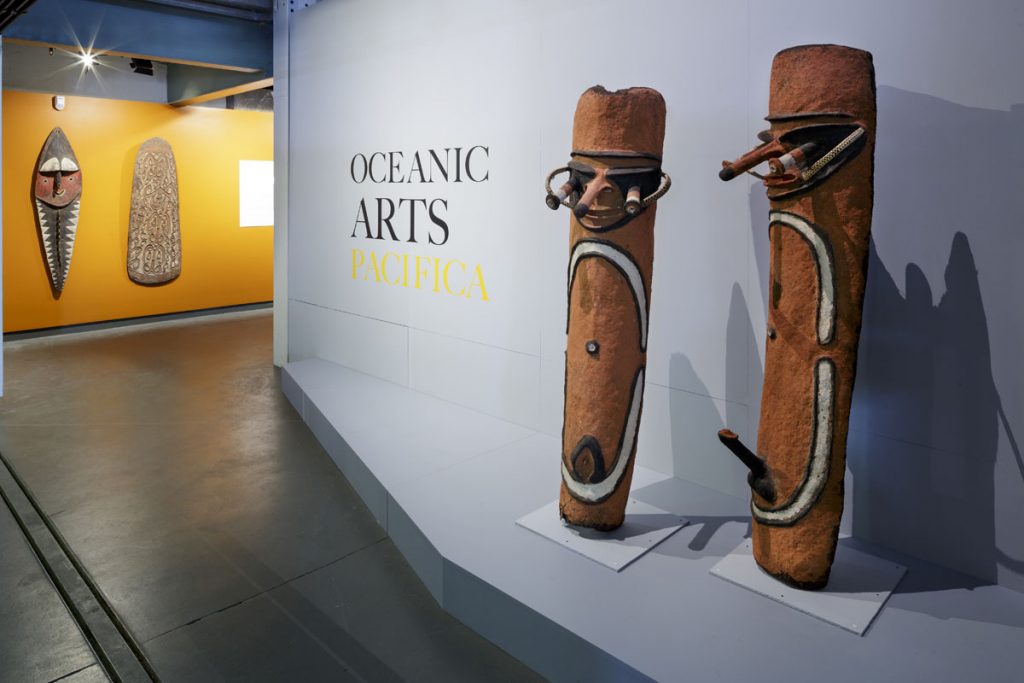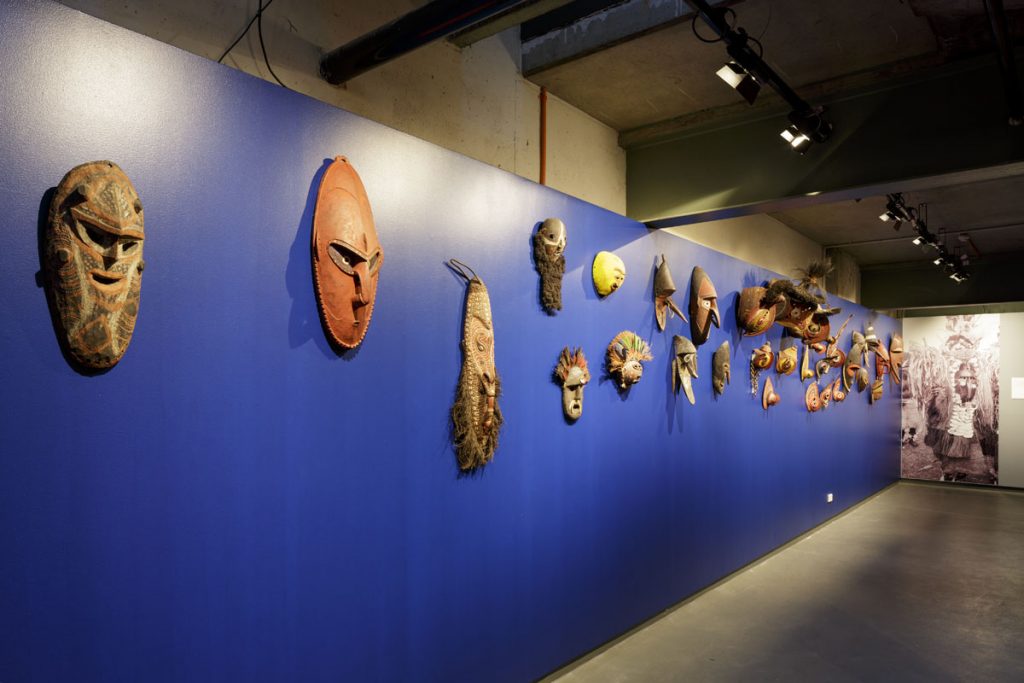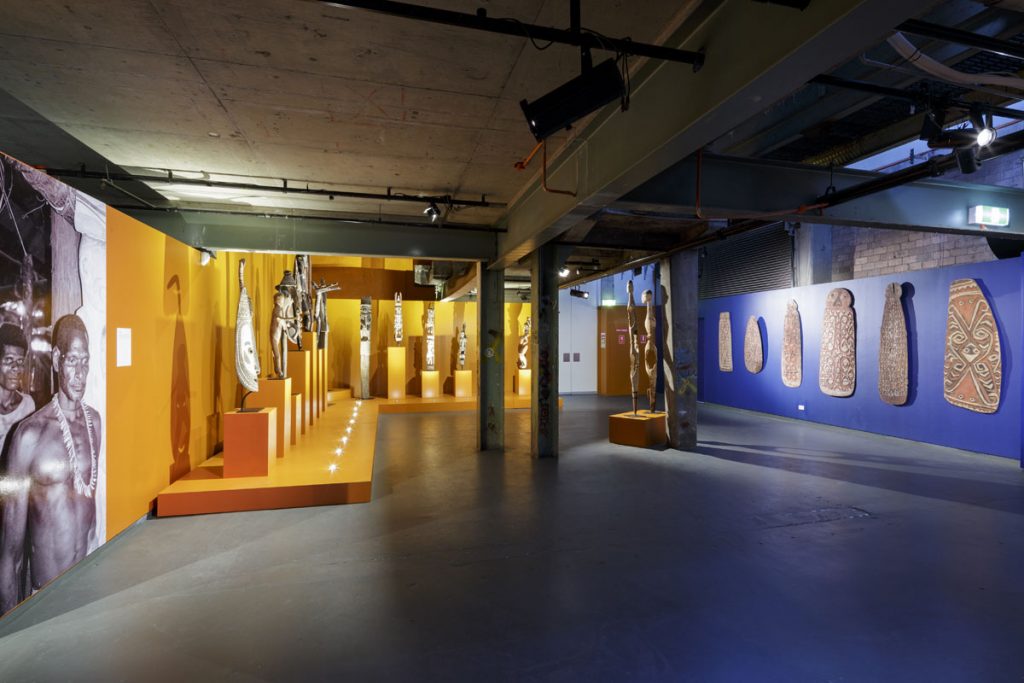Three Fine Old Headrests from the Tufi Area Oro Province, Papua New Guinea
These three finely carved headrests or neckrests are from the Tufi area and are called Gira Kukai in the local dialect and are iconic objects from this area. They were used by both Men & Women when sleeping so as not to disturb their finely coiffured hairstyles.
The openwork geometric designs remind me of small architectural models. They are quite unique in being different heights & widths and two of these have incised geometrical designs on the base.
One has to wonder if the person who was going to use the headrest requested a specific height or width for their maximum comfort just as when we shop for just the right pillow height.
All three of these Headrests are well-used and date from the late 19th to early 20th Century. Provenance: The Todd Barlin Collection of Oceanic & Papua New Guinea Art
I first went to Papua New Guinea in 1985 for an adventure & what I found was that I really enjoyed being with the people of New Guinea, over the next 38 years I spent extensive time spent collecting and documenting traditional art & ceremonies in remote areas of Papua New Guinea & West Papua, The Solomon Islands & Vanuatu & the other Pacific Islands countries. During these travels, I made major collections of New Guinea & Oceanic Art for major Museums and Public Art Galleries
I was honoured by being in the prestigious Louvre Museum Magazine for the collections I made for The Museum of African & Oceanic Art Paris in 1996 (now the Musee Quai Branly) for the exhibition “Asmat et Mimika d’ Irian Jaya April 1996 At THE MUSEE NATIONAL des ARTS D’AFRIQUE et d’ OCEANIE, Paris
See all of the links & photos in my new EXHIBITIONS GALLERY and there is the link to the article in the prestigious Louvre Magazine 1996
I have artwork for Museums & Art Galleries but also for collectors at every stage of their collecting. I want to encourage people to explore the fine art of New Guinea & West Papua and the Pacific Islands and to be able to see and touch the artworks in a relaxed and friendly manner in my Sydney Gallery. I would like to invite you to visit my gallery and see the artworks in person and also look at my website www.oceanicartsaustralia.com where there are many Galleries & Sub Galleries to explore.
My Gallery of nearly 40 years is the last physical gallery in Sydney that specialises in New Guinea & Oceanic Art. Sydney is just a couple hours’ flight to New Guinea & the Pacific Islands where all of these amazing artworks came from, Australia’s closest neighbours.
If you have a similar “object” for sale please contact me for the best price and honest advice by a Government approved valuer
To see many more rare items and the finest masterpieces, please make an appointment with us to visit the gallery.
For all enquires, please contact us.

 (Oceanic Arts Pacifica Exhibition in Casula Powerhouse Art Centre #2)
(Oceanic Arts Pacifica Exhibition in Casula Powerhouse Art Centre #2) (Oceanic Arts Pacifica Exhibition in Casula Powerhouse Art Centre #3)
(Oceanic Arts Pacifica Exhibition in Casula Powerhouse Art Centre #3)